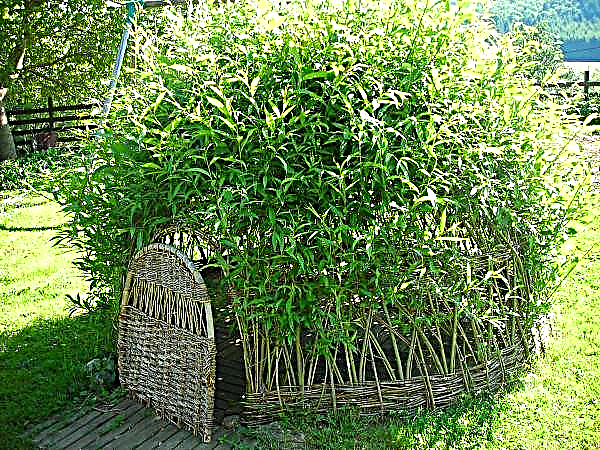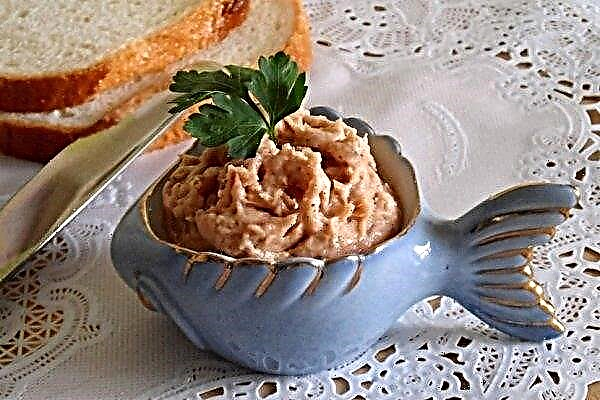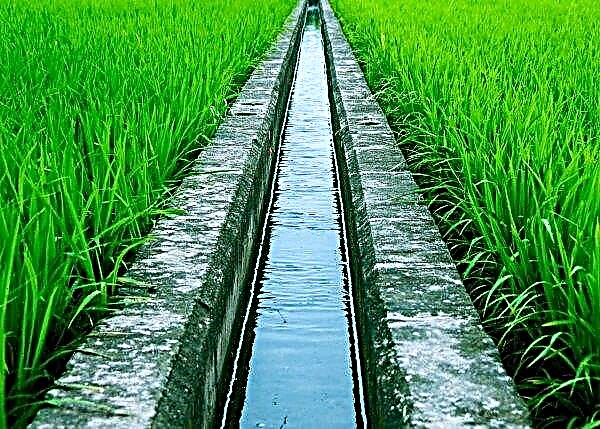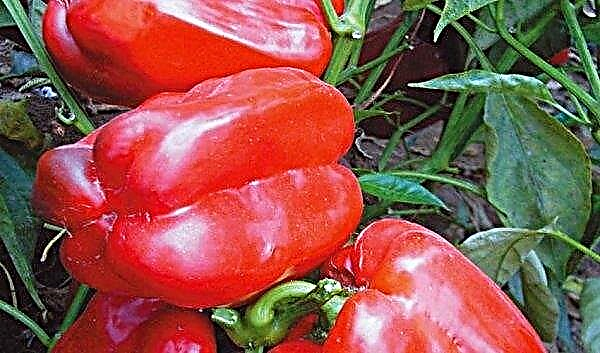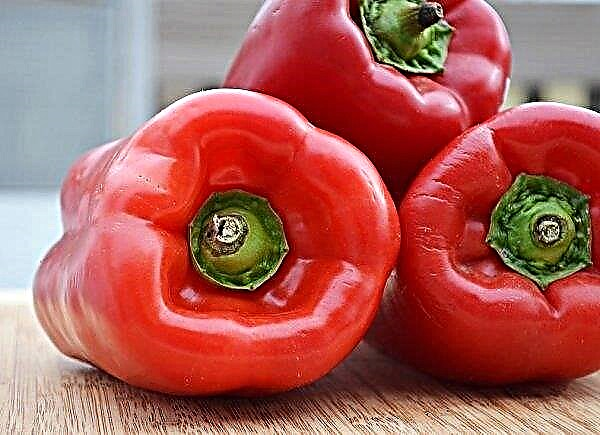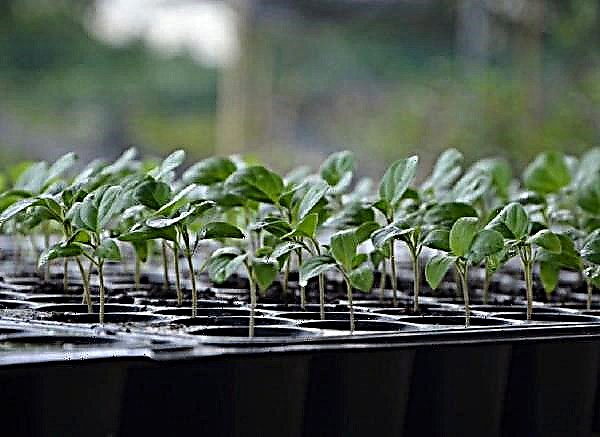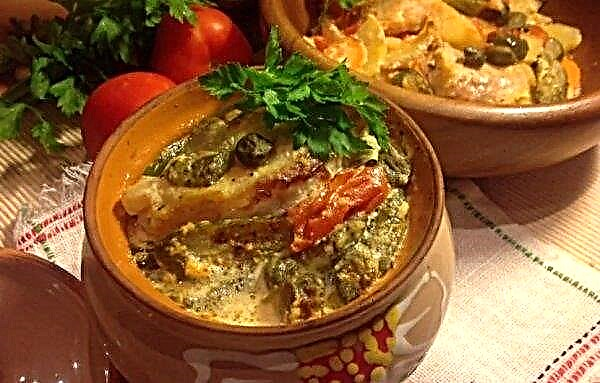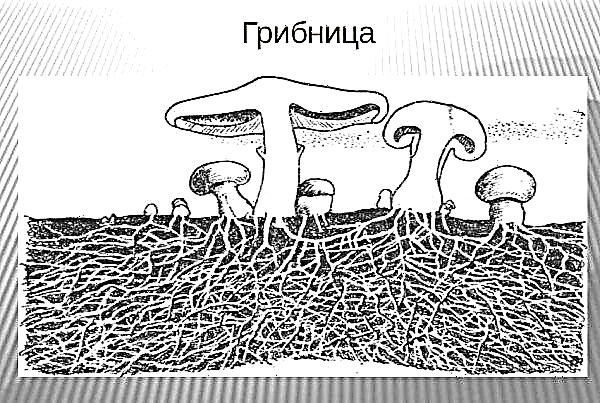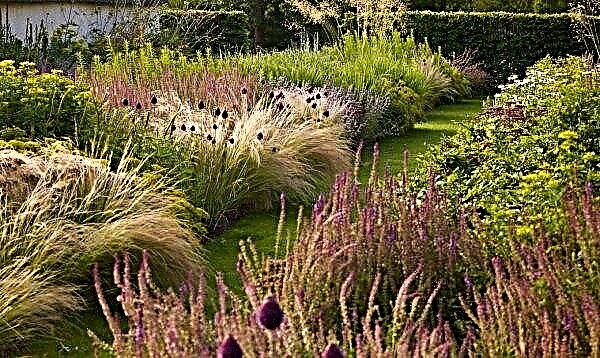Species Picea abies (common spruce or European) is a vivid representative of conifers of the Pine family. Has dozens of different scientific names. The distribution area covers almost the whole of Europe and part of Asia. Widely used for decorative purposes when laying nurseries, gardens, park areas, in urban landscape design.
Features of the species Picea abies
Perennial. On average, lives from 300 to 400 years. During this time, the height of the tree usually reaches 25-30 m.
The main characteristics of the species include the following:
- Evergreen spruce with red cones has certain characteristics of the root system. Young seedlings with stem roots, the main of them dies after a while, and the rest grows into a whorled surface root system. Therefore, during strong gusts of wind, adults can uproot with roots.
- The plant is slow growing, during the period of active growth, the maximum growth is 15 cm.
- The conical shape of the crown is formed from open or drooping branches, with a whorled type of arrangement. Only one tetrahedral coniferous leaf 1–2.5 cm long can grow from a leaf pillow.
- At the ends of last year's shoots at the base of the scales, male ears are formed - microstrobils. Since late April, pollen matures and pollination begins.
- Female cones are formed on biennial shoots. As they mature, they change color from pink to brown. The width of the mature cones is 4 cm, the length reaches 15 cm.
- Seeds in them ripen in a year and get enough sleep at the end of winter or the beginning of spring. They have an ovoid-pointed shape. Seed is repeated every 4-5 years after the plant reaches the age of 20 to 60 years, this is affected by the density of planting in the forest.
Picea grows in loose, well-permeable, acidic soil. The needles are sun-loving, but also feel great in the shade. Loves good lighting, then the crown becomes thick and dense, frost-resistant.
Top 10 varieties and their differences
A description of the beautiful varieties of spruce is given below for a more convenient selection of specimens when laying a garden or in landscape plantings. They can be used in solitary stands, will unite in groups of coniferous, herbaceous, flowering and deciduous crops.
Did you know? The oldest tree that is recognized in the world — it is an ordinary spruce growing in a national park in Sweden. Since several generations of shoots have grown from one underground shoot and have been replacing each other for 9,500 years without changes at the genetic level.
Compacta
Compact is a decorative dwarf variety of European spruce, more reminiscent of a shrub. It grows slowly, with an average of 5 cm per year. On average, Compacta can live up to 150 years.
The main features of the variety:
- needles short, dense and shiny green-blue hue approximately 1 cm long;
- the crown of an adult thirty-year-old Сompacta in a diameter of 2-3 m, a beautiful pyramidal or round shape;
- high survival rate of seedlings;
- prefers loamy, sandy, drained acidic soils;
- small height of 2-3 meters;
- photophilous, relatively shade-tolerant;
- Does not like dense, dry, salty soils;
- frost-resistant, but does not tolerate spring frosts.

Acrocona
A beautiful coniferous tree with bright red cones, hanging branches and a wide conical crown. Prickly spruce is suitable for the design of small garden plots, rocky and Japanese gardens.
Important! Young seedlings of Acrocona spruce need to be covered with a spruce for the winter.
Grade Features:
- the color of the needles is dark green;
- slow-growing, annual growth of 10 cm (grows to 4 m by 30 years);
- Crown 2-3 m in diameter;
- cones of a cylindrical shape, mainly female type;
- frost resistant;
- fruiting occurs in 3 years of life;
- loves plentiful watering in a drought;
- fertile, drained soils are suitable;
- suffers from waterlogging and salinity of the soil; repeated in the list above
- tolerates pruning well.

Pygmaea
Pygmy is a dwarf, slowly growing variety. It has a chic, thick, rounded-open crown with a wide conical shape. It will become a beautiful decoration in a rocky garden, group composition, single landing. It settles well in decorative containers.
Plant characteristics:
- crown diameter 2-3 meters;
- the height of an adult plant is not more than 2 m, annual growth is 3–7 cm;
- shade-tolerant;
- high frost resistance;
- needles 5–8 mm long, light green, bright, stiff, prickly;
- grows well on all moderately moist soils, likes fresh soils and fertilizers;
- cones of cinnamon color, small sizes, can gather in groups;
- does not tolerate dry substrate and stagnation of water.

Maxwellii
Maxwelli is a compact evergreen bonsai. It adapts well to urban conditions, tolerates soot and soot.
Variety Description:
- highly branched root system is superficial;
- does not tolerate compacted soils and flooding;
- needle needles are thin and short, located radially, yellow-green;
- grows in sunny and shady areas;
- spruce is especially undemanding to soils, takes root on any garden soil, gives preference to wet;
- grows slowly, annually up to 2–2.5 cm growth.

In hot weather requires good watering and sprinkling. Maxwellii blends harmoniously with rock gardens and rockeries, group plantings and solitary. It can land in decorative containers.
Did you know? Nand in the days of paganism, Russia laid the path to the dead for the dead branches, and the tree itself symbolized death.
Aurea
Aurea spruce is a fast-growing tall evergreen variety. In a year it grows 15 cm in height and 5 cm in width, an adult plant grows to a maximum of 10-15 m.
Characteristic features of Aurea:
- the young needles are yellow-green, green with age;
- narrow cylindrical cones of 10-15 cm hanging type, before ripening have a beautiful purple hue, matured - brown;
- frost-resistant variety, but young shoots need to be sheltered for the winter, sensitive to spring frosts;
- shade-tolerant tree, adult spruce grows well in the sun;
- the soil loves acidic, drained, sandy, loamy;
- does not tolerate boggy and severe drying out.
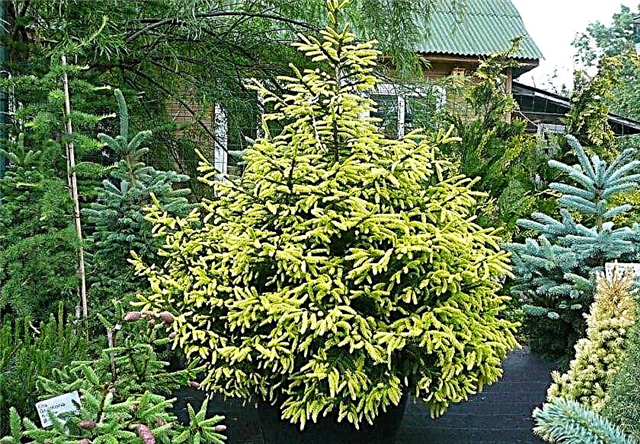
During the heat it is necessary to water and sprinkle. It is widely used for landscaping terraces, front areas, parks, alleys. Combines in single and group plantings of landscape design.
Cruenta
Kruenta is a bright representative of dwarf decorative slow-growing spruce trees with beautiful raspberry growths of young needles every spring.Performs a beautiful accent in mixed compositions of tree-shrub crops. Cruenta adapts well to urban conditions.
Grade Features:
- over 10 years, the height of the plant reaches 1.5 m, taking into account the annual growth of 15-30 cm;
- an adult tree in 25-30 years grows to 7 m, its width becomes 3 m;
- wide crown of regular pyramidal shape;
- the whole season (except spring), the needles are dark green up to 3 cm long;
- prefers slightly acidic soil, uniformly moist, well-drained;
- frost resistance up to -34 ° С;
- partial shade or sunny places are needed;

Bicolor
Bicolor - a unique variety of tall spruce due to the two-tone color of the needles. The top side of the needle leaf is green, the bottom is blue. Another characteristic feature of the plant is the color of the cones. Even young, they have a purple color, to full maturity, they acquire a light brown color, but at the same time they retain a purple hue. It tolerates the conditions of the city, air pollution and smoke. Used in single and group plantings, to create hedges.
A typical view characteristic is as follows:
- the height of an adult tree is 3-5 m, the crown width is 1.5-2 m;
- the bark of a mature plant is covered with decorative cracks and thick scales;
- the length of the tetrahedral needles is 1-2 cm, has an acute curved shape;
- Bicolor is very photophilous, but can grow in light partial shade;
- cones are red-violet;
- frost resistance -28 ° C;
- slow growing;
- likes moderately moist, fertile, acidic or neutral soils, grows on podzolic sands;
- vertical cone-shaped crown has a horizontal arrangement of branches, slightly lowered down.

Pumila glauca
Pumila glauka is a wonderful dwarf coniferous plant with a rounded crown, which turns into a spreading one with age. The growth of branches is dense, short shoots form a dense ball. It fits well into the design of stone and heather gardens, on alpine hills, in flower beds, in a wide variety of landscape compositions.
Important! Young seedlings of Pumila glauca need to create a light shadow.
Type characteristic:
- bluish needles 1-2 cm, narrow flattened shape;
- does not tolerate urban conditions and dry air;
- grows slowly, annual growth 3-4 cm high, 5-8 cm wide, by 10 years of age reaches 1 m high with a crown diameter of 2 m;
- winter hardy (-29ºС);
- photophilous;
- undemanding to the soil, hygrophilous, stagnation of water and dry soil does not tolerate.
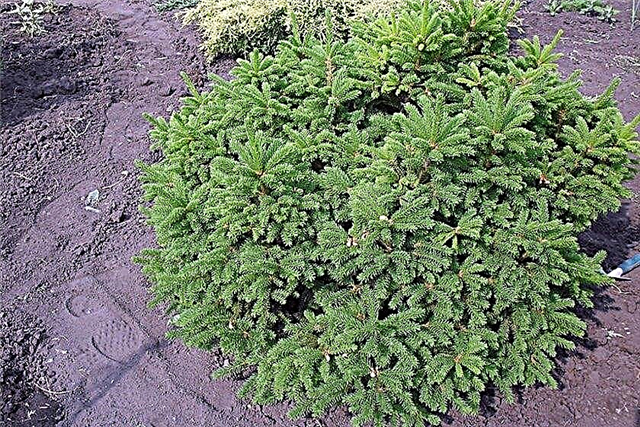
Vermont gold
Vermont Gold is an incredible dwarf form of spruce, which is actively growing in breadth. The crown is dense, rounded like a pillow or a nest. Vermont gold emit volatile, which disinfect the pathogenic microflora of the air. A great option for container landings, rock gardens, lawns, rockeries, stunted landscape compositions.
Did you know? In the old days, trees landed near the entrance to the taverns, and for a long time were associated with them. Their visitors said that they were going under the tree. At the same time, the expression "Christmas tree-sticks" appeared.
Shrub Characteristic:
- there is no central conductor of branches;
- the size of an adult plant in 25–30 years is 1.2 m high and 2.2 m wide (10-year-old tree 50 cm × 1 m);
- needles of yellow color, short, soft;
- frost resistance up to -40 ° С;
- Likes slightly or medium acid loamy / sandy loamy soil, moistened, drained;
- does not tolerate waterlogging and stagnation of water;
- grows well both in the sun and in partial shade, prefers summer coolness;
- small cones appear by 10-15 years of life of the plant, brown.
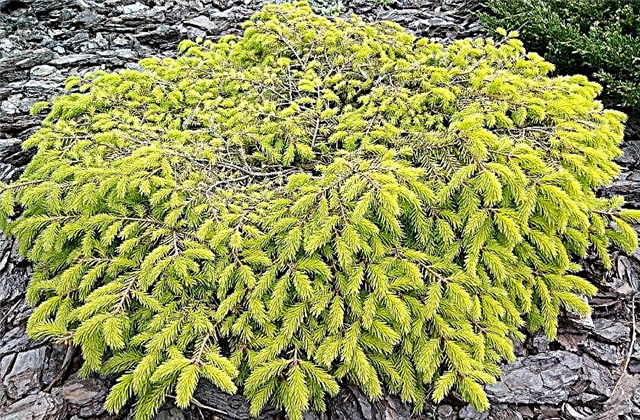
Procumbens
Prokumbens is an interesting fast-growing dwarf variety. The crown is flattened, spreads along the ground in dense tiered branches. The dense shoots are slightly raised at the ends. It is used in group and single stands, undersized coniferous groups, on lawns. Can decorate balconies and terraces in decorative containers.
Characteristic features of the form:
- height 50 cm to ten years of life, diameter 1.2 m, at 30 years old an adult plant reaches 3 m in diameter;
- annual growth 3 cm high, 10 cm wide;
- winter hardiness -29 ° C;
- prefers sunny terrain;
- resistant to diseases and pests;
- thick needles 2 cm stiff, green, 1–1.7 cm long;
- young shoots are afraid of sunburn, should be shaded;
- well-branched roots go deep into the soil;
- undemanding to moisture and soil.

Other varieties
Picea abies has a wide variety of varieties, the most popular of which are listed below:
- Cupressina - Used by gardeners from different countries. It has a narrow conical crown and compact dimensions that protect the tree branches well from heavy snowfalls. Maximum height 1.8 m, crown width 60 cm.
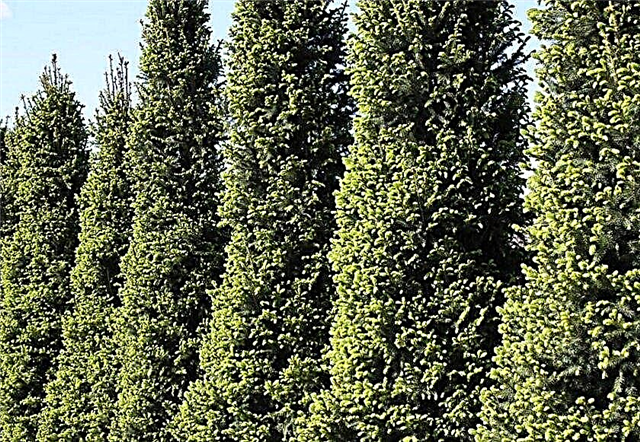
- Pendula - a rare variety, characterized by unpretentiousness and special decorative qualities. Crohn's original form with elastic branches growing to the ground.
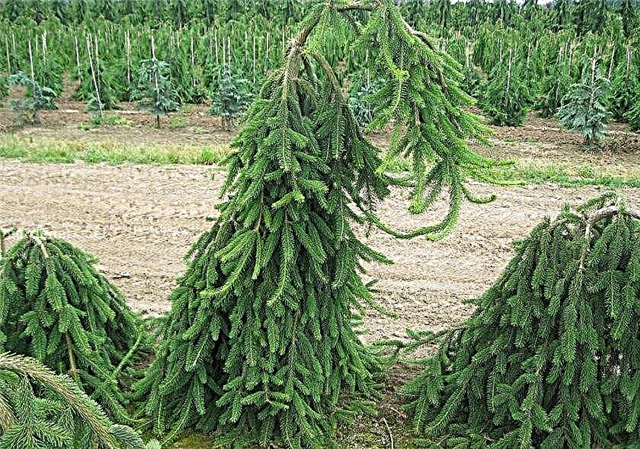
- Reflexa - decorative variety. The branches directed at the top form a pyramidal crown.
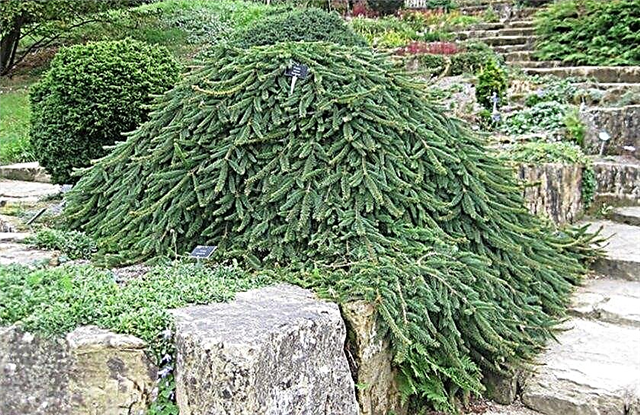
For growing in private areas and in urban landscape plantations, you can buy many interesting varieties of ordinary spruce, with different shapes, sizes, colors and other necessary decorative properties. You should take into account all the features of a perennial plant, which are described in sufficient detail in the catalogs of online stores and help to learn more about this or that kind of beautiful coniferous tree.




